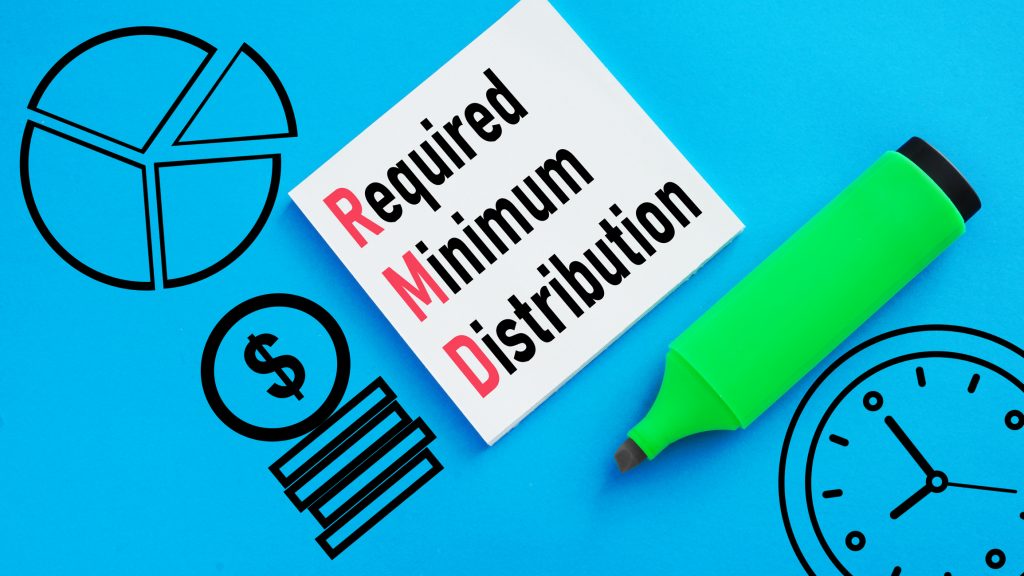A good motto to follow heading into retirement is, “It’s always better to be overprepared than underprepared.” There are many other situations that this applies to, but it’s especially important regarding retirement finances because chances to earn money generally lessen in those years.
That’s part of the beauty of Social Security, though. It provides a financial safety net for retirees, ensuring they have some income coming in, regardless of where they may stand with retirement accounts or investments. And considering how vital Social Security is to millions of Americans, it’s no surprise that folks would want to receive as much as possible from the program.
Receiving the maximum monthly Social Security benefit is much easier said than done, but for perspective on how much that could net you, let’s take a look at the maximum benefits for ages 62, 67, and 70:
| Age | Maximum Benefit in 2025 |
|---|---|
| 62 | $2,831 |
| 67 | $4,043 |
| 70 | $5,108 |
Data source: Social Security Administration.

Image source: Getty Images.
Why are 62, 67, and 70 important ages for Social Security?
Ages 62, 67, and 70 are key ages in Social Security, and it all begins with your full retirement age. This is the age at which you’re eligible to receive your primary insurance amount (PIA), which I would like to think of as your baseline monthly benefit.
Your full retirement age is based on your birth year as shown below:

Image source: The Motley Fool.
Age 67 is key because it’s the full retirement age for most new Social Security claimers. Some folks born before 1960 may be waiting to claim benefits and have an earlier full retirement age, but for the most part, 67 is the full retirement age of most newcomers.
Age 62 is noteworthy because it’s the earliest you can claim Social Security. The trade-off is that your monthly benefit will be reduced by 30%, assuming your full retirement age is 67. For example, if your PIA is $2,000, your monthly benefit would be $1,400 if you claim at 62.
On the flip side, delaying benefits past your full retirement age increases your monthly benefit by 2/3 of 1% monthly (8% annually), which is why age 70 is important. It’s the latest you can delay claiming Social Security and receive increased benefits, so it’s realistically the latest you should consider claiming.
How can you receive the maximum monthly Social Security benefit?
Receiving the coveted maximum monthly benefit is a two-step process, with the first step dealing with how much you earn — and pay in Social Security taxes — during your career.
Social Security calculates monthly benefits by looking at the 35 years when your income was the highest. However, not all income is considered; only income up to a certain amount is included, called the “wage base limit.”
To be eligible for the maximum monthly benefit, you must earn at least the wage base limit in each of the 35 years that Social Security uses to calculate your benefit amount. For perspective, below are the past five wage base limits, including the one recently announced for 2025:
| Year | Wage Base Limit |
|---|---|
| 2025 | $176,100 |
| 2024 | $168,600 |
| 2023 | $160,200 |
| 2022 | $147,000 |
| 2021 | $142,800 |
Data source: Social Security Administration.
In most cases, the wage base limit is increased annually, so it’s important to keep an eye on the year’s limit. There could be a situation in which you earn above the wage base limit in one year but not the next because it increased.
For example, consider someone who earns $175,000 in 2024. In 2025, they’d be below the limit, disqualifying them from receiving the maximum benefit.
The second step to achieving the maximum benefit is delaying benefits until you turn 70. This one is much more straightforward, but it’s equally as important. You can’t do one without the other and receive the maximum benefit.
The $22,924 Social Security bonus most retirees completely overlook
If you’re like most Americans, you’re a few years (or more) behind on your retirement savings. But a handful of little-known “Social Security secrets” could help ensure a boost in your retirement income. For example: one easy trick could pay you as much as $22,924 more… each year! Once you learn how to maximize your Social Security benefits, we think you could retire confidently with the peace of mind we’re all after. Simply click here to discover how to learn more about these strategies.
View the “Social Security secrets” »
The Motley Fool has a disclosure policy.
 benzinga.com
benzinga.com fool.com
fool.com



